Melting ice is already rewriting the world we know.
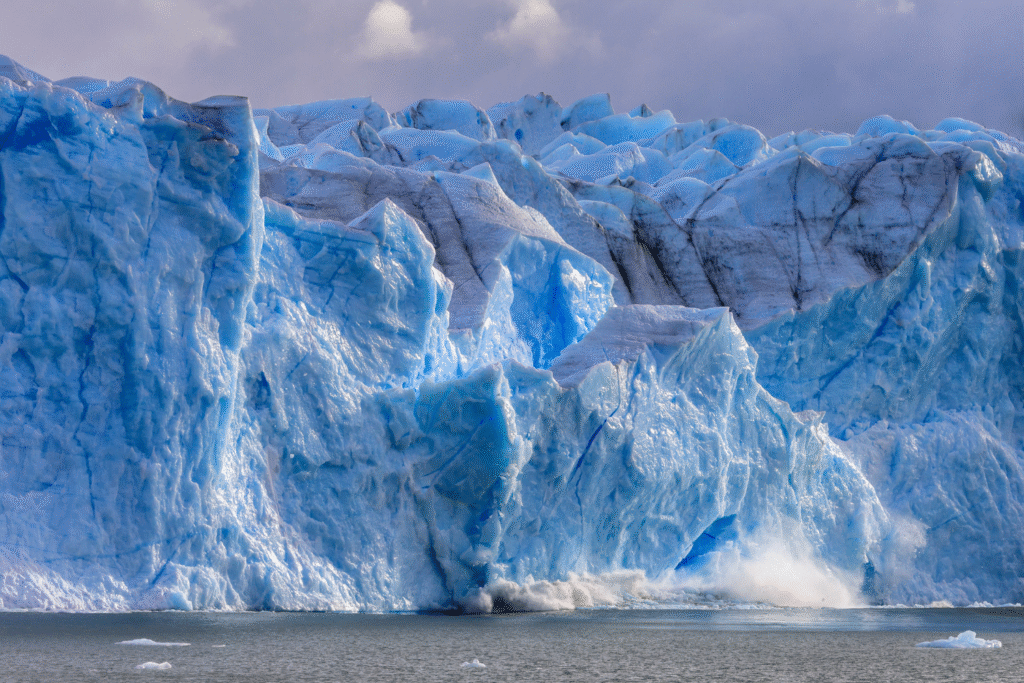
The world’s glaciers are shrinking faster than many expected, and even under scenarios where warming slows, scientists project that up to 39 percent could vanish by 2100. This isn’t just about frozen landscapes disappearing. Glaciers store freshwater for billions, shape coastlines, and regulate ecosystems. Their loss will ripple far beyond mountain ranges and polar regions, touching food systems, water security, and sea levels. The findings come from recent modeling studies, giving us a clearer, if sobering, glimpse into a future shaped by ice that refuses to stay frozen.
1. The scale of projected glacier loss is staggering.
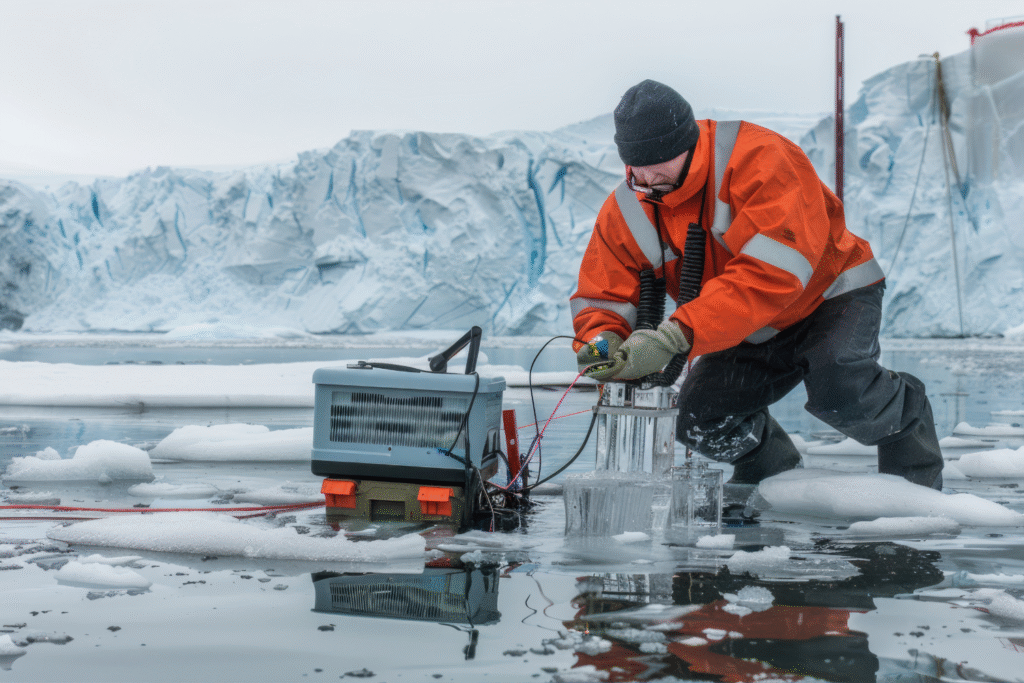
Research published in Science revealed that under moderate warming scenarios, about 39 percent of global glaciers could disappear by the end of the century. That amounts to more than 100,000 individual glaciers. Scientists emphasize this is not just distant speculation but a trajectory already visible in retreating ice across nearly every continent. The numbers show us that even slowing warming cannot fully stop glacier decline, highlighting how sensitive ice is to temperature increases and how irreversible much of the process has already become.
2. Sea level rise will accelerate as ice retreats.
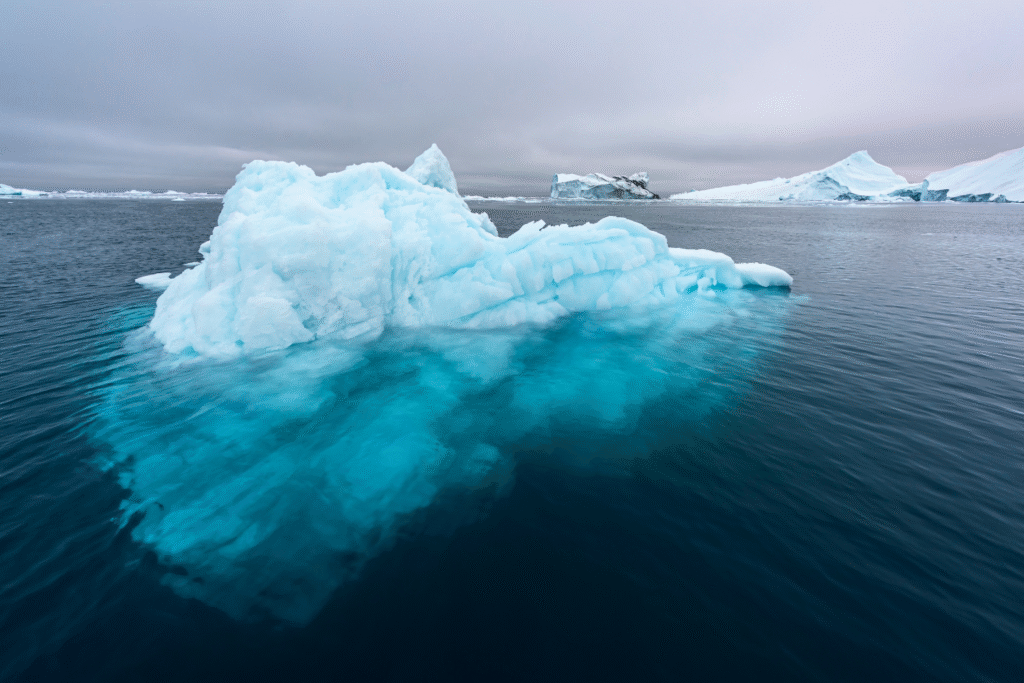
Melting glaciers contribute directly to higher seas, threatening coastal cities from Miami to Manila. Scientists estimate glacier loss could add up to 115 millimeters to sea levels by 2100, a figure reported by the study in Science. That might sound modest, but when added to thermal expansion and ice sheet melt, it dramatically raises risks of flooding. Families in low-lying areas could face frequent inundation, lost homes, and eroded coastlines. The story of glacier loss isn’t confined to mountains—it echoes across every shoreline in the world.
3. Water supplies for millions are already at risk.
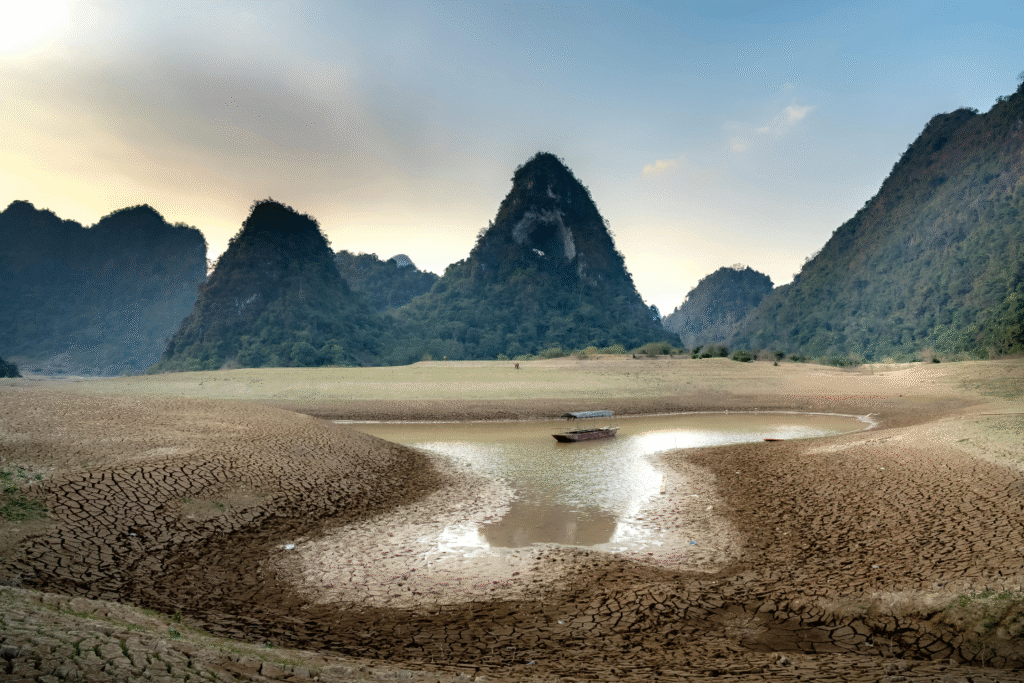
Glaciers act like natural reservoirs, slowly releasing water that sustains rivers during dry seasons. In South America’s Andes and Asia’s Himalayas, entire communities depend on this flow. As stated by the World Glacier Monitoring Service, reduced glacial meltwater threatens agriculture, hydropower, and drinking supplies. Without this buffer, dry periods will hit harder, leaving families without reliable water. Once glaciers shrink beyond a tipping point, no engineering project can replace the centuries of stability they provided to downstream societies.
4. Mountain ecosystems are losing their lifeblood.
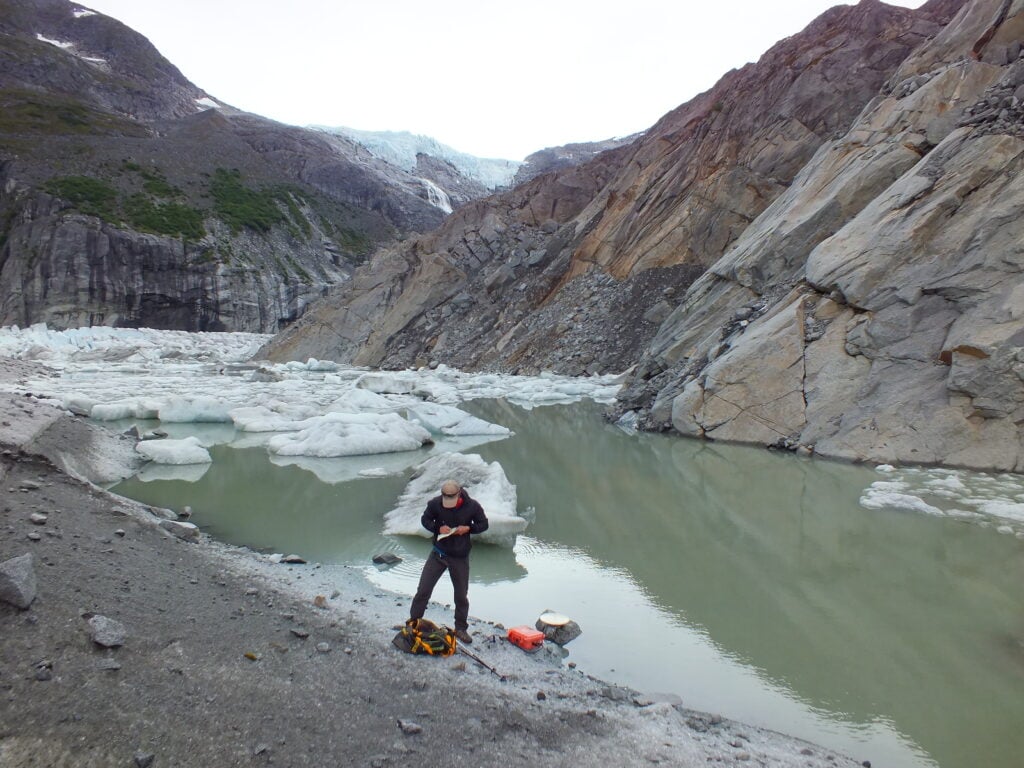
As glaciers retreat, alpine habitats change dramatically. Cold-water streams shrink or disappear, leaving fish populations stranded and amphibians stressed. Meadows that once thrived on glacial runoff dry out, reshaping the food web. Species that adapted to icy environments are forced uphill, but with limited space left, extinction risks rise. Mountain biodiversity is being reshaped at a pace that conservationists struggle to match, and the silent unraveling of these ecosystems often goes unseen until species vanish.
5. Cultural traditions tied to glaciers face extinction.
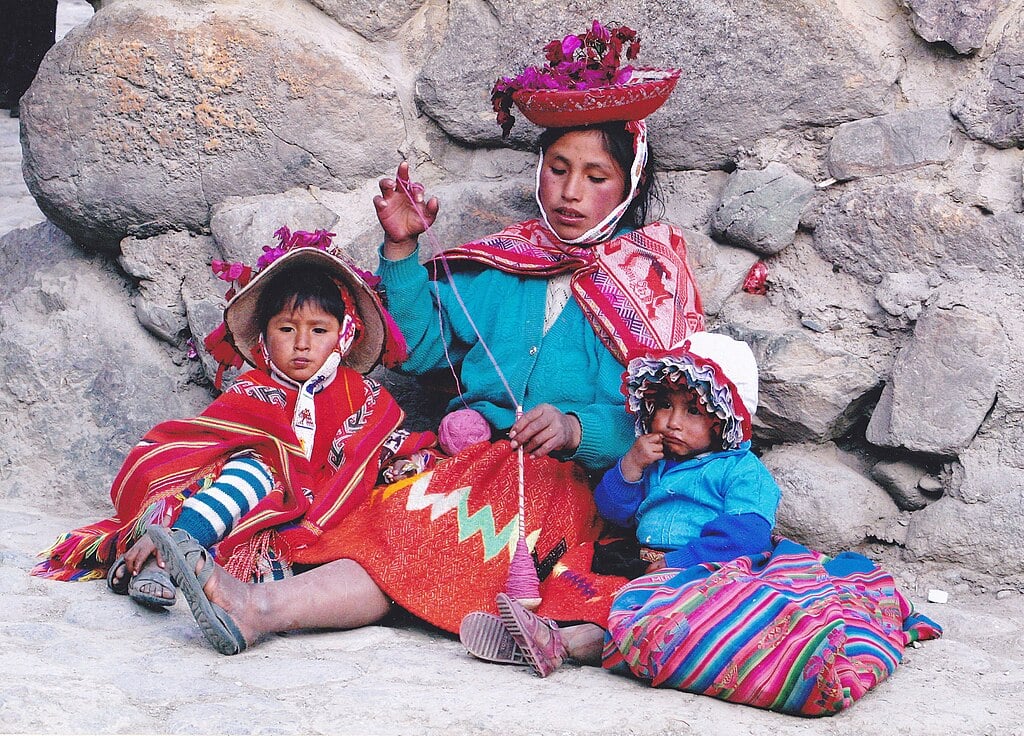
From the Quechua communities in Peru to Indigenous peoples in Alaska, glaciers are woven into stories, ceremonies, and livelihoods. As ice retreats, spiritual practices tied to mountain deities or sacred landscapes lose their grounding. Rituals that relied on glaciers as eternal presences now face a void. Culture, identity, and belief systems are impacted alongside the physical loss of ice. For many, it is not just climate science but cultural survival that is at stake, leaving communities to mourn the disappearance of both heritage and habitat.
6. Hydropower generation is under growing pressure.
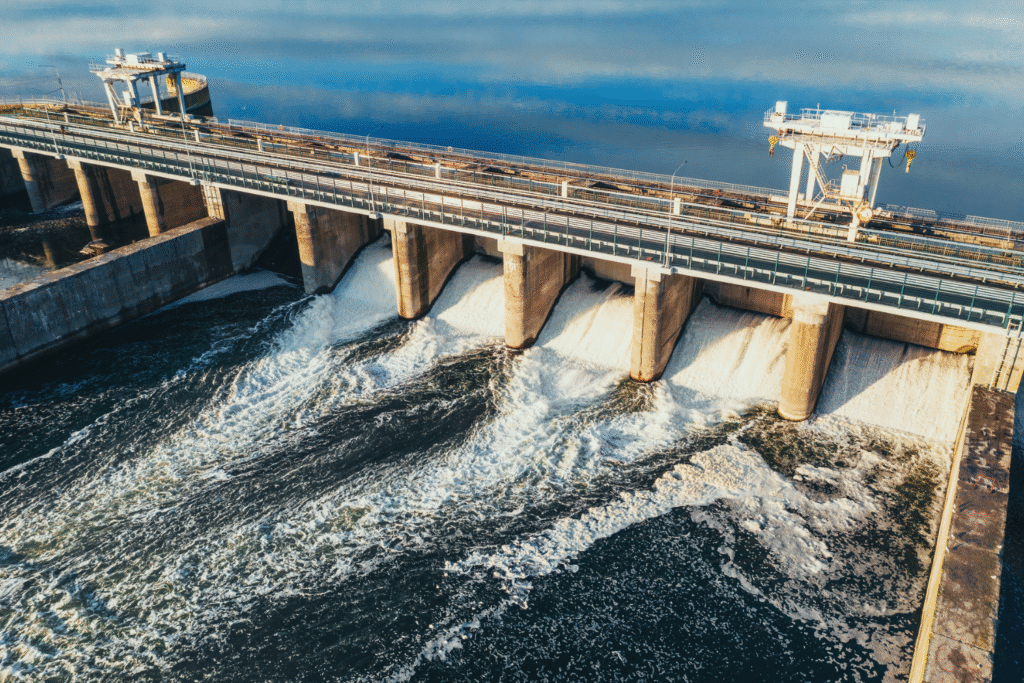
Many nations rely on predictable river flows from glaciers to power turbines. As glaciers shrink, the initial rush of meltwater may briefly boost capacity, but eventually rivers dwindle. Countries like Nepal and Peru already face uncertain hydropower futures. With energy grids tied to water supply, glacier loss becomes an economic challenge as much as an environmental one. This will force expensive adaptations, potentially driving up energy costs while leaving rural communities at the mercy of erratic flows.
7. Glacier tourism economies are unraveling.
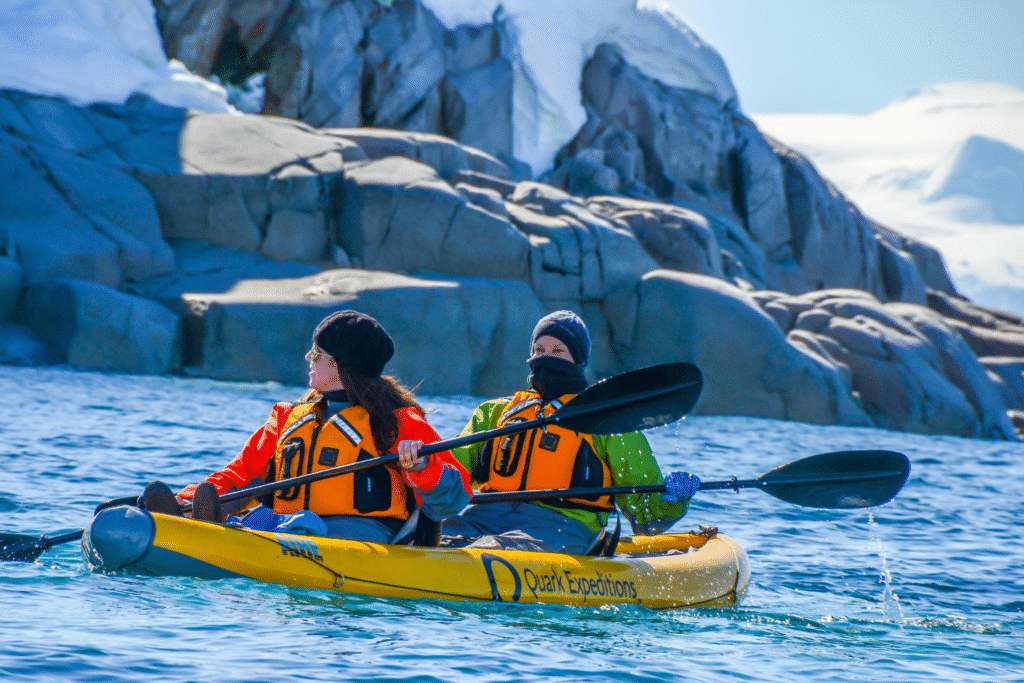
Regions such as the Alps, Patagonia, and Alaska built thriving economies around glacier trekking, climbing, and viewing. As ice recedes, iconic landscapes vanish, and with them, the tourist income sustaining local towns. Guides, hotels, and restaurants face declining visitors as the glaciers they advertise shrink year after year. The economic fallout is uneven but real, leaving some communities scrambling for alternatives while watching their most marketable natural asset disappear. It’s an economic ripple that stretches far beyond the glaciers themselves.
8. Natural disaster risks are climbing with retreating ice.
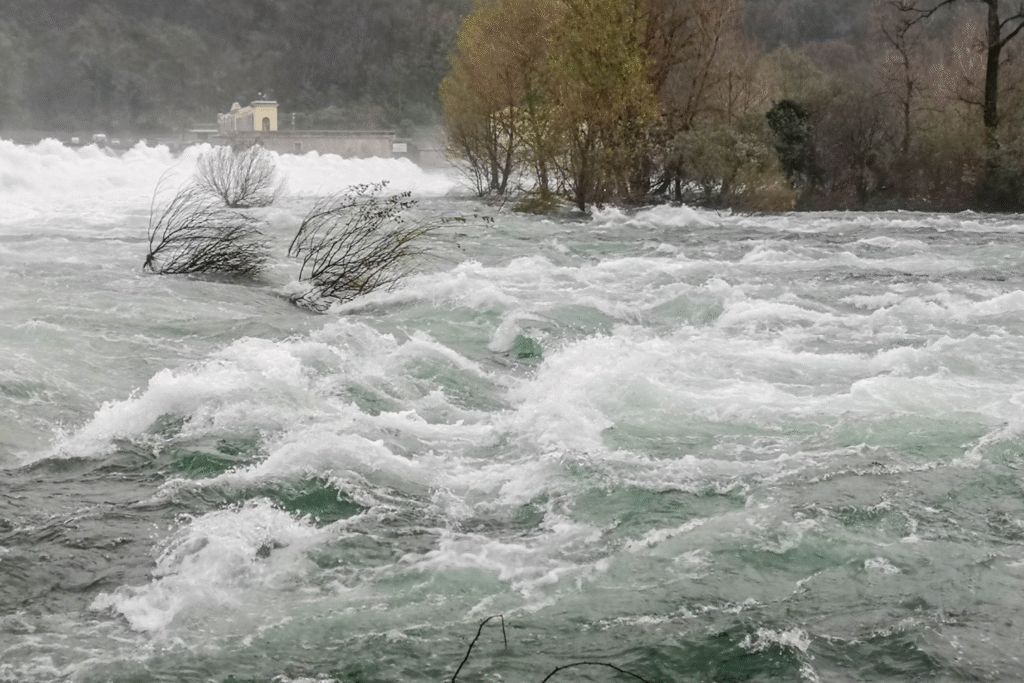
Glacier loss doesn’t just remove water—it destabilizes landscapes. Retreating ice can leave behind glacial lakes prone to sudden bursts, known as GLOFs (Glacial Lake Outburst Floods). These floods sweep away villages, roads, and infrastructure with little warning. As more ice disappears, the number of unstable lakes grows, particularly in the Himalayas. Communities downstream live with mounting anxiety as once-stable valleys become zones of risk, highlighting how climate shifts create entirely new categories of disaster.
9. Food security is tied to disappearing glaciers.
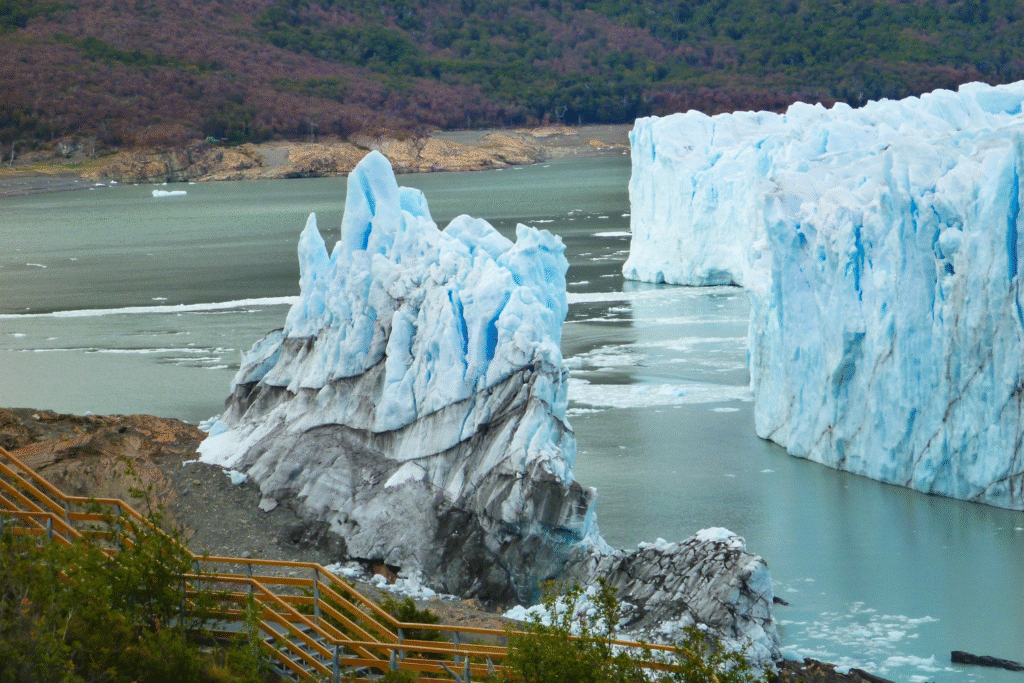
Irrigation in key farming regions, from Pakistan’s breadbasket to Peru’s valleys, depends on steady glacial runoff. As water grows less predictable, crops like rice, wheat, and potatoes become harder to sustain. Farmers already report reduced yields in seasons when meltwater runs dry too soon. The ripple effect reaches urban markets, where food prices rise, pushing more families into insecurity. What looks like a distant mountain problem quickly finds its way into dinner tables around the world, as agriculture loses its safety valve.
10. Policy efforts are racing to keep pace.
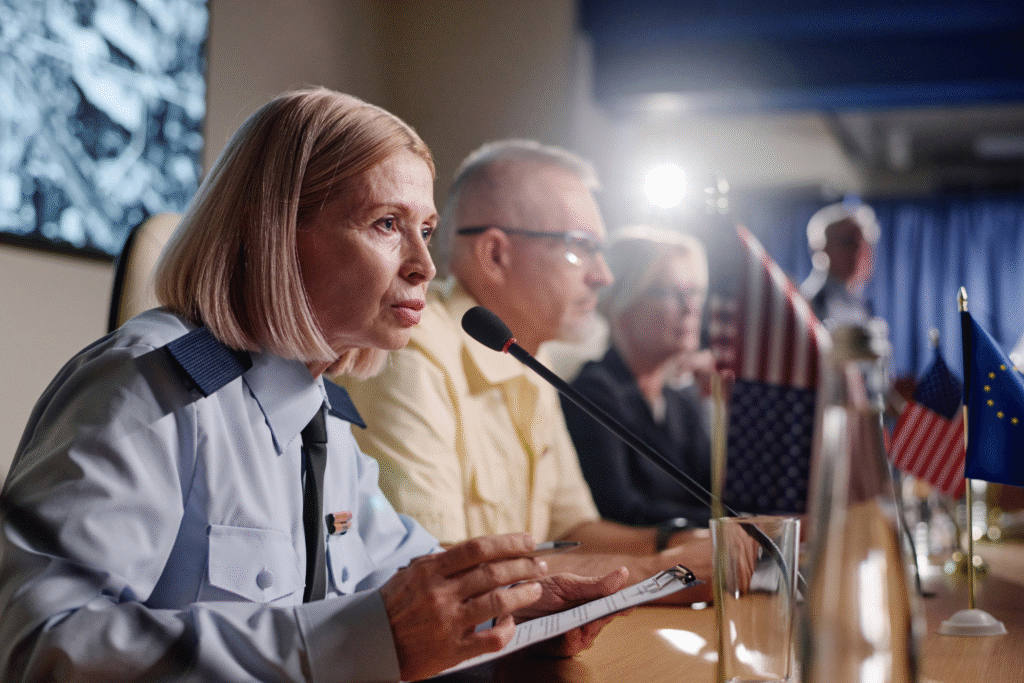
Governments and scientists are working on adaptation: early warning systems, new water storage infrastructure, and tighter climate targets. Still, glacier loss often outpaces policy timelines. International negotiations emphasize emissions cuts, but localized adaptation requires funding that rural communities rarely see. Without scaling both mitigation and adaptation, glacier decline will overwhelm existing safety nets. What feels like a slow drip today will soon become a torrent of political, economic, and humanitarian challenges unless urgent action accelerates.
11. The legacy of vanishing glaciers belongs to the next century.
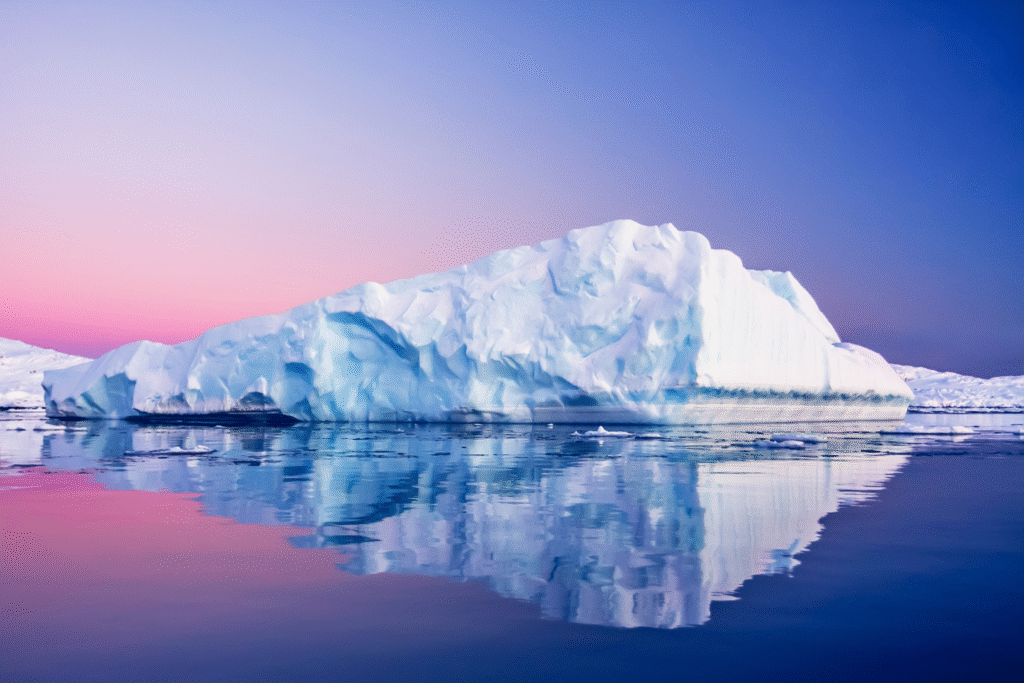
By 2100, landscapes defined by ice for millennia will be transformed beyond recognition. Children born today may grow old in a world where iconic glaciers are museum exhibits instead of living systems. The 39 percent figure is not just a statistic—it’s a reshaping of Earth’s surface and the way humans live with it. The future of glaciers will define coastlines, cultures, and survival strategies for decades to come, reminding us that the choices made now will echo across the coming century.
